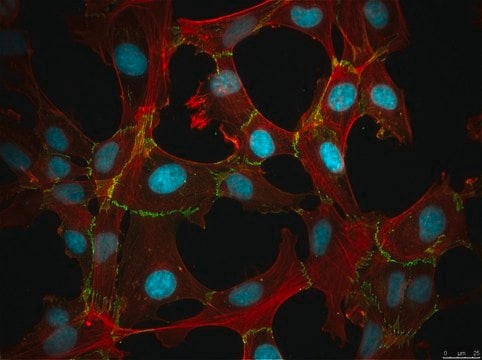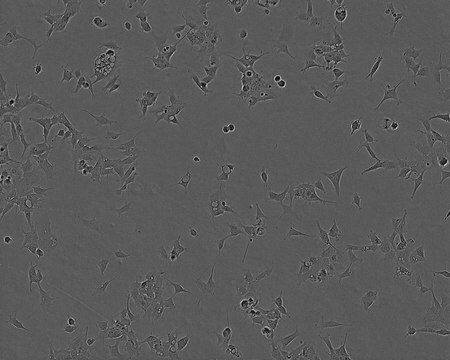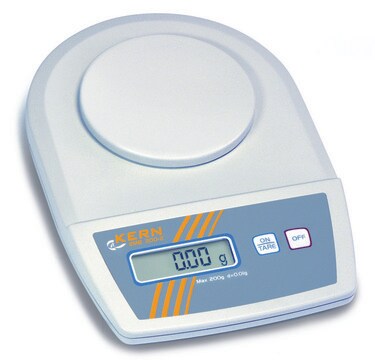Recommended Products
biological source
human prostate
form
liquid
growth mode
Adherent
karyotype
4n (81 to 94)
morphology
Cobblestone
products
10% 3-D sphere formation in Matrigel. Migratory and invasive when compared to benign prostate tumour.
receptors
CD44, alpha2 integrin, alpha6 integrin, EGFR, FGFR1, LIFR
technique(s)
cell culture | mammalian: suitable
relevant disease(s)
cancer
shipped in
dry ice
storage temp.
−196°C
Cell Line Origin
Cell Line Description
Application
DNA Profile
CSF1PO: 11,12
D13S317: 9,14
D16S539: 10,12
D5S818: 13
D7S820: 10,11
THO1: 9
TPOX: 8,10
vWA: 17
Culture Medium
Subculture Routine
Other Notes
Disclaimer
Storage Class
10 - Combustible liquids
wgk_germany
WGK 3
flash_point_f
Not applicable
flash_point_c
Not applicable
Certificates of Analysis (COA)
Search for Certificates of Analysis (COA) by entering the products Lot/Batch Number. Lot and Batch Numbers can be found on a product’s label following the words ‘Lot’ or ‘Batch’.
Already Own This Product?
Find documentation for the products that you have recently purchased in the Document Library.
Our team of scientists has experience in all areas of research including Life Science, Material Science, Chemical Synthesis, Chromatography, Analytical and many others.
Contact Technical Service







